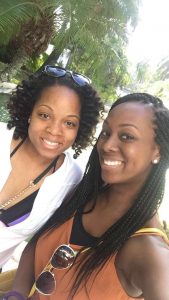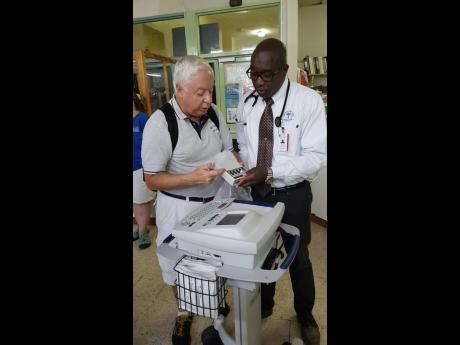18
January
First day in Jamaica and we are loving the people and the place. Can’t wait to go the hospital and meet the staff and all the children. Day 1 of an incredible journey so let’s get started!!




Ernie Sandona (left), biomedical engineer and Issa Trust Foundation volunteer, demonstrates some of the modern features of the state-of-the art ECG machine to Dr Vincent Riley, cardiologist.
Your message was successfully sent. Thank You!
An error occurred. Try again later.
Issa Trust Foundation | 7900 Nova Drive | Suite 101 | Davie, FL 33324

Connect With Us